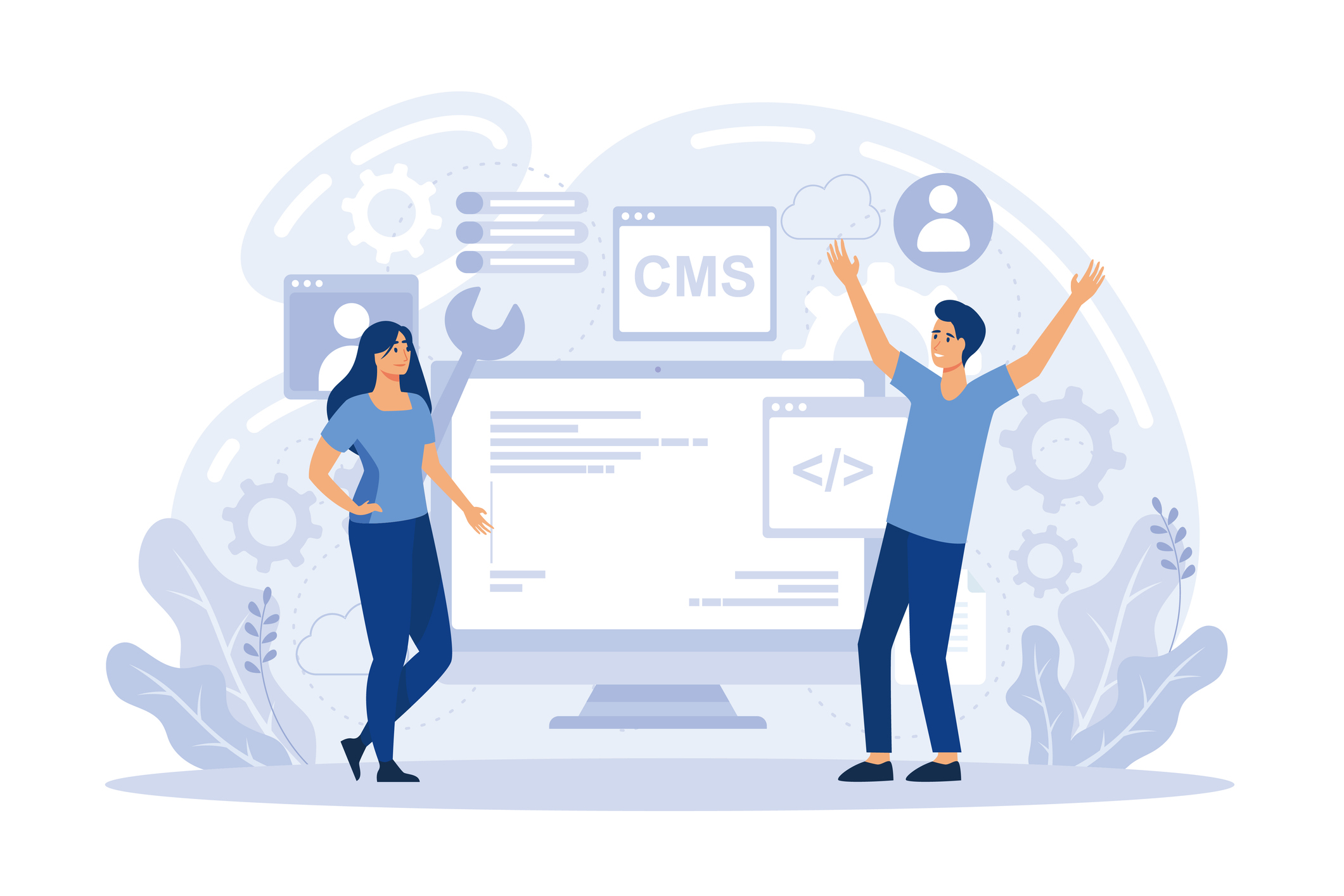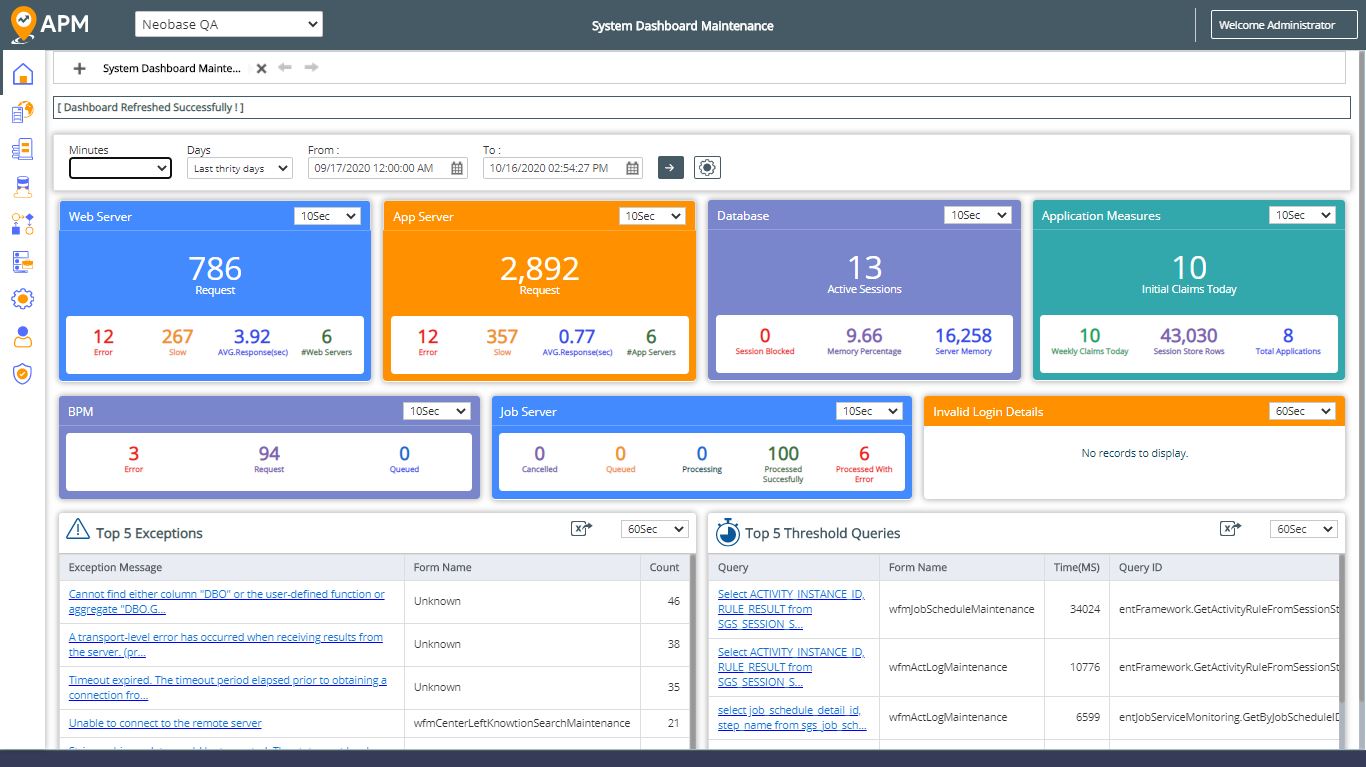How Can Traditional Giants Thrive Through Digital Transformation?
Digital transformation is not a choice but an imperative. Traditional giants across various industries, including manufa …
Empowering Change: Scaling Data-Driven Initiatives with Low-Code Tools
Non-profit organizations’ pursuit of data-driven decision-making remains paramount. Continuing our exploration into the …
Empowering Data-Driven Non-profits: Overcoming Barriers with Low-Code Platforms
Non-profit organizations increasingly recognize the value of data-driven decision-making in their mission to create posi …
Streamlining Workflows: Time and Project Efficiency with Low-Code/No-Code Platforms
In the fast-paced world of software development, time and project management are key determinants of success.
Collaboration Made Easy: Enhancing Communication and Professional Development with Low-Code/No-Code Solutions
Communication is key – especially when it comes to software development.
Breaking Down Silos: LCNC for Non-Profit Data Integration
Non-profits face many hurdles in their efforts, including resource constraints and process automation. However, one of t …
How Low-Code/No-Code Platforms Can Eliminate Paper-Based Processes for Non-Profits
Non-profits are often inundated with paper-based and manual processes that are not only antiquated but are time-consumin …
Is Your Non-Profit Lacking Technology Expertise? Low Code Can Solve Your Problems
Non-profits are crucial in addressing social, economic, and environmental issues. But, despite their critical role, many …
Non-Profit Success through Process Automation: Achieving More with Less
Non-profits face limited resources when it comes to process automation, but the good news is that automation can be a ga …
Discovering Performance Benefits through Sagitec’s Application Performance Monitoring (APM) Feature
With the unprecedented pass of the federal CARES Act to deal with the economic impacts of COVID-19, State Workforce Agen …











